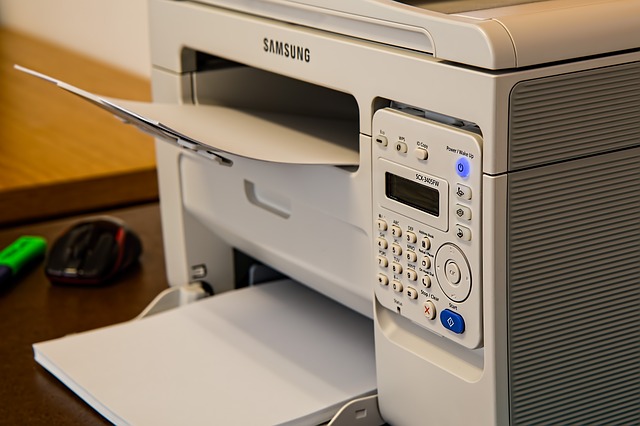Your Resumes: Paper is Paper – – Or Is It?

There’s not a day that passes that I don’t see at least a couple of articles packed with tips on resumes. Of course, the content, layout, and structure are important. After all, you’re trying to dazzle the HR screener enough to get an interview.
But how many times have you thought about the paper? Most of the time, about the only consideration given is paper color. And that’s in response to the print shops asking you about it. Seldom do we stop to consider whether or how much difference the paper quality might make. Yet we all know there IS a big difference.
Remember all those times when you used a cheap grade of paper? The printing might have shown through the backside of the page. Or it jammed in the printer. Or the paper just felt like something you might find a grade school child coloring on. Some of the downsides might be annoyances for you. But some might be enough of a negative impression on the reader that your resume gets the short round file.
Choosing Good Paper
Asked to evaluate Boise Polaris Premium paper, I decided to compare their Polaris Premium Laser Paper to what I normally stock in my laser printer. Sheepish admission: I am an admitted frugal shopper and sometimes trade quality for economy. My brand was the store-branded laser paper from a local office supply store. For you other frugal shoppers out there, through March 31, Boise is running a great deal on all their premium paper at Office Depot and OfficeDepot.com, just $6.00 per ream. That’s a great value compared to the other major brands, Hammermill Premium and HP Ultra White, which are $12.99 and $9.99 respectively. For the moment, on to the test at hand.

Not surprisingly, the Boise paper was superior on all the important measures. For a resume, it would be a perfect choice. Surprisingly, it wasn’t just a little better, it was a LOT better. When I printed out a copy of my own resume on each type of paper, I was pretty amazed by how much side-by-side difference there was. In both feel and appearance.
Ok, so you’re not going to put as much care into choosing a paper as you might the purchase of a new car. That doesn’t mean you shouldn’t give it any thought at all. Here are the things you’ll want to consider.
- Use. The economy paper might be fine for printing off emails and such, but for your resume, you’ll want high quality.
- Opacity. This refers to how thin, or sheer, the paper is. A higher rating is less transparent, and lends itself to the quality look you want on your resume.
- Weight. Twenty pound paper is good for everyday printing. When you’re choosing a resume paper, go for 24 pound.
- Brightness. Brightness measures how reflective the paper is. The more reflective, the more crisp the printing will appear and it will seem to pop off the page. For a resume, a 97 or 98 should do fine.

Paper Nightmares
We all have our stories of the print job that went very wrong. I think mine has to be a large corporate print I once did, something on the order of a 400 page hard copy training and operations manual. There were a ridiculous number of print fails halfway through the job due to jammed pages and pages that tried to feed six sheets at a time. I tossed the cheap bulk paper and got the job done first time with some good quality paper.
What’s your paper printing nightmare? Share it in words or a pic on our Twitter page using @mscareergirl by February 21 and we’ll choose the best one to receive a $25 Office Depot gift card.
I’ve been compensated to review this product. The evaluations and opinions expressed are mine.


